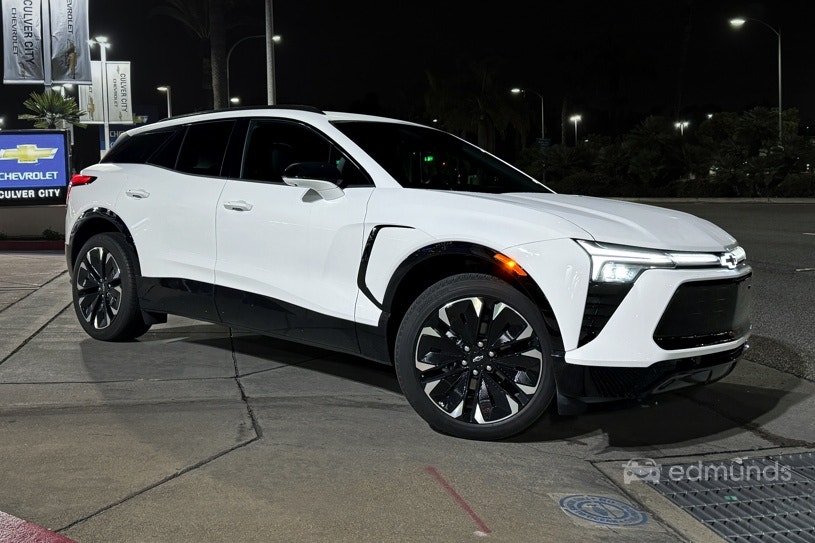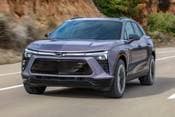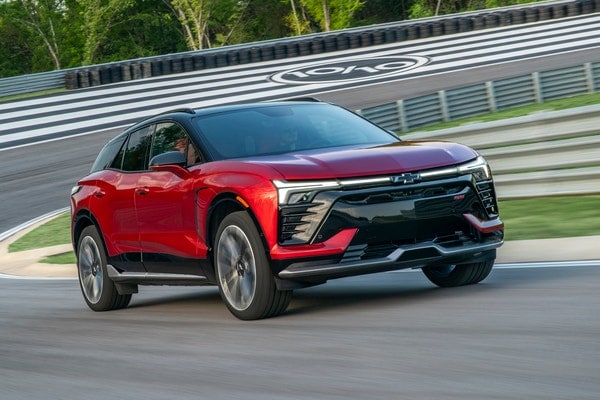Concealed beneath the Chevy's striking sheetmetal is GM's BEV3 platform. It's what is known in the industry as a skateboard and it consists of a chassis that houses the battery packs, electric motors, suspension components, the wheels, and all of the major electrical components. Skateboards are popular with EV manufacturers because they can be modified to suit different-sized vehicles in a variety of segments without being completely reengineered. In the case of the BEV3 platform, it forms the basis of the newly released Cadillac Lyriq, the upcoming Cadillac Celestiq and the Chevrolet Equinox EV. It's also the platform for Honda's much-anticipated Prologue.
The Blazer EV uses GM's Ultium battery tech and will be available in front-, rear- and all-wheel-drive configurations. That's right, the Blazer is the first vehicle in history to be available with FWD and RWD. Chevrolet has not yet released battery specifications or power outputs, but since the platform is the same as the one in the Cadillac Lyriq, we expect something in the ballpark of 100 kWh of capacity and at least 300 horsepower for entry-level models. The range-topping Blazer EV SS will top out at 557 hp and 648 lb-ft of torque — good, Chevy says, for a mad-dash 0-60 mph run of less than 4 seconds. Chevy also claims up to 320 miles of range, depending on trim level.
You can juice the Blazer EV's battery via Level 2 charging with rates up to 11.5 kW. If you're on the go, you can also take advantage of the Blazer EV's standard DC fast-charging hardware, which draws electricity at a rate of up to 190 kW. At the right charger, that should add nearly 80 miles of range in just 10 minutes. Owners will be able to find a charger using GM's Ultium 360 program, which pulls charger location data from seven national charging networks.













